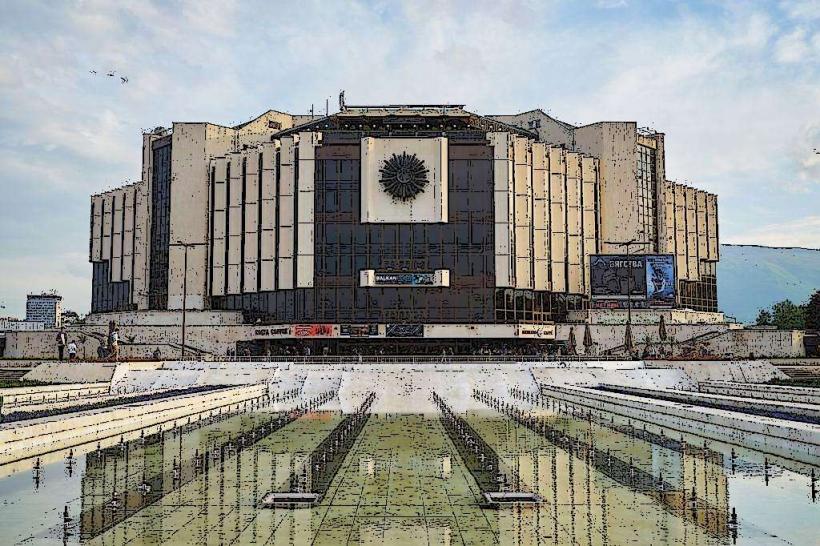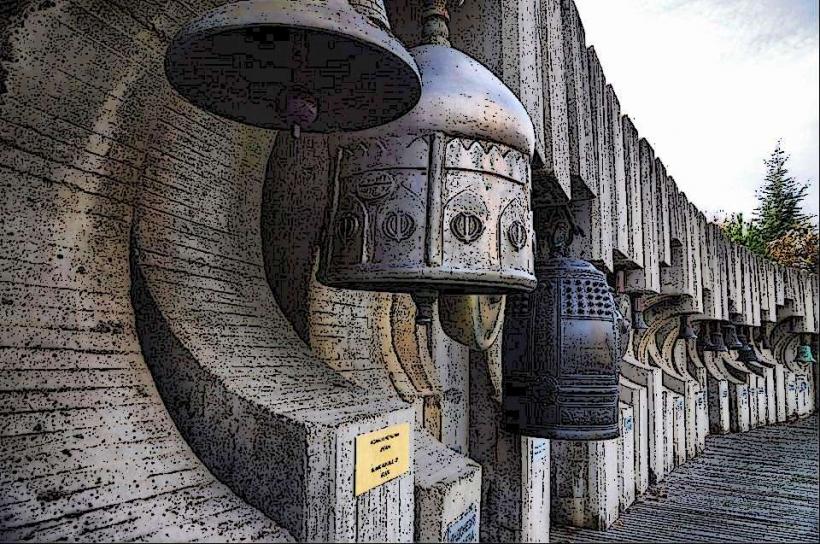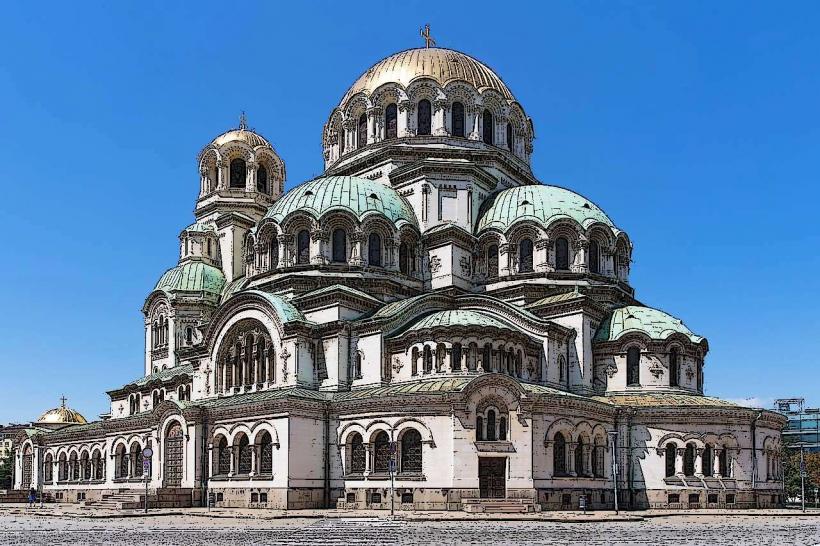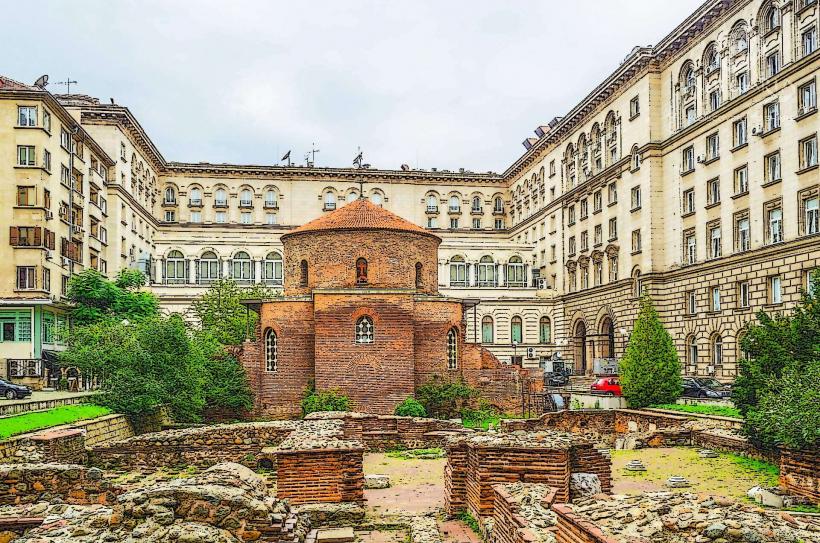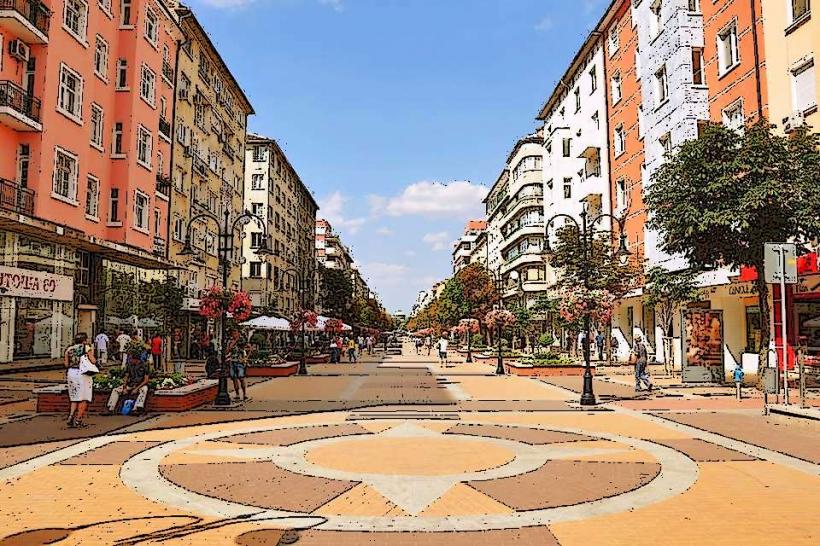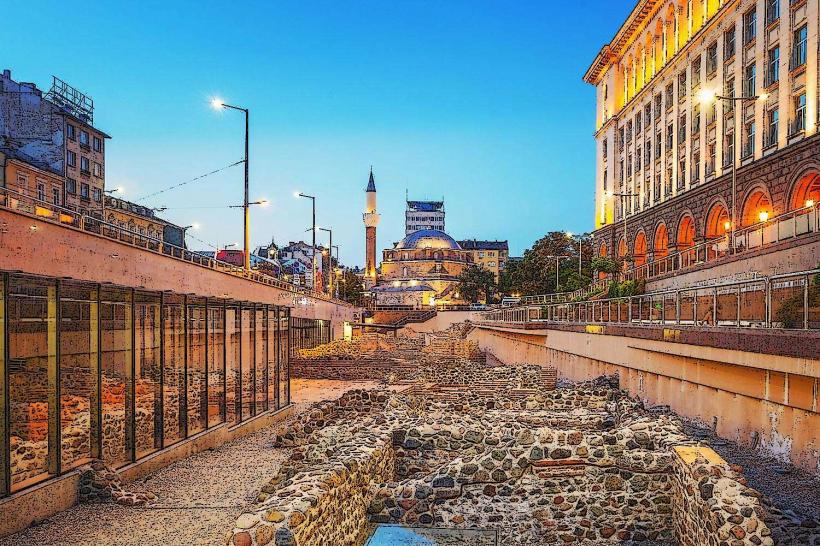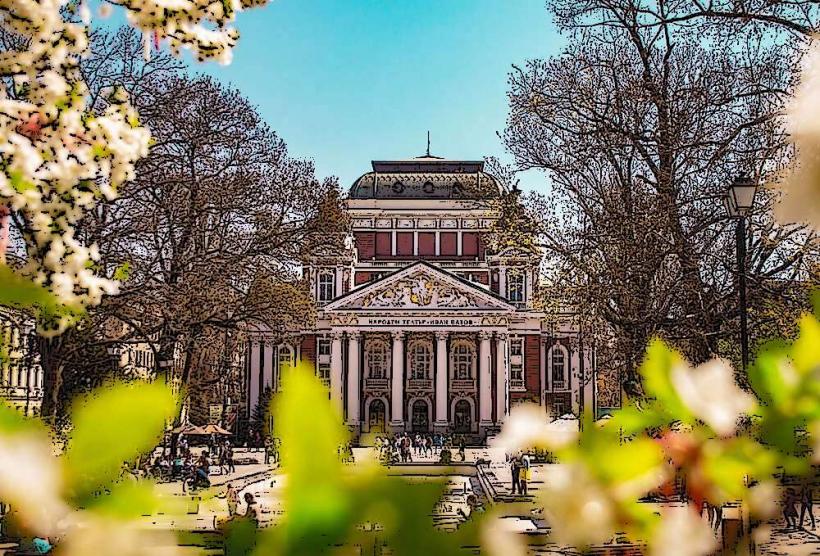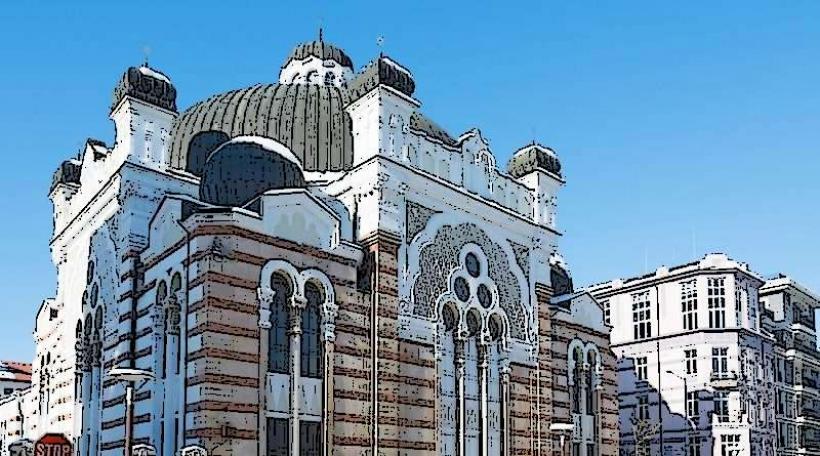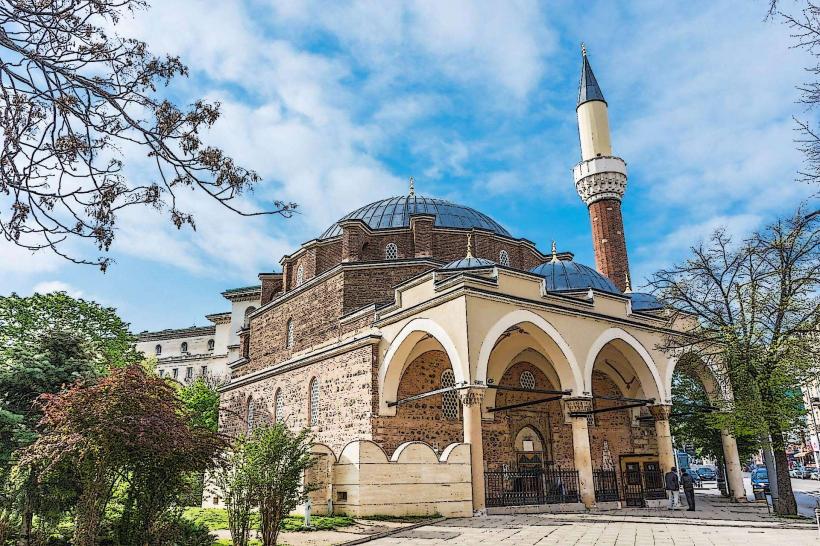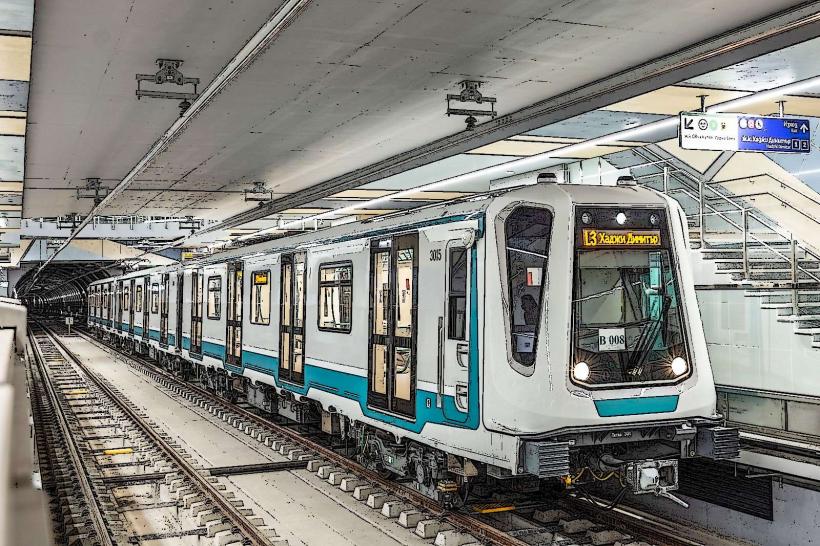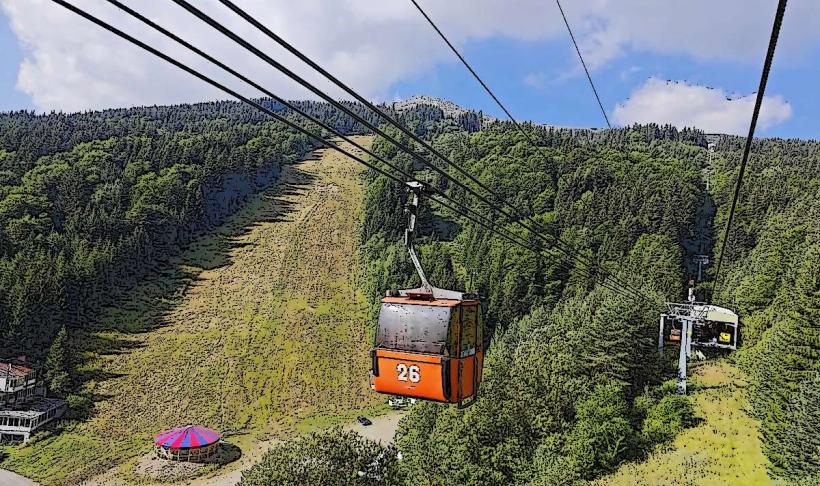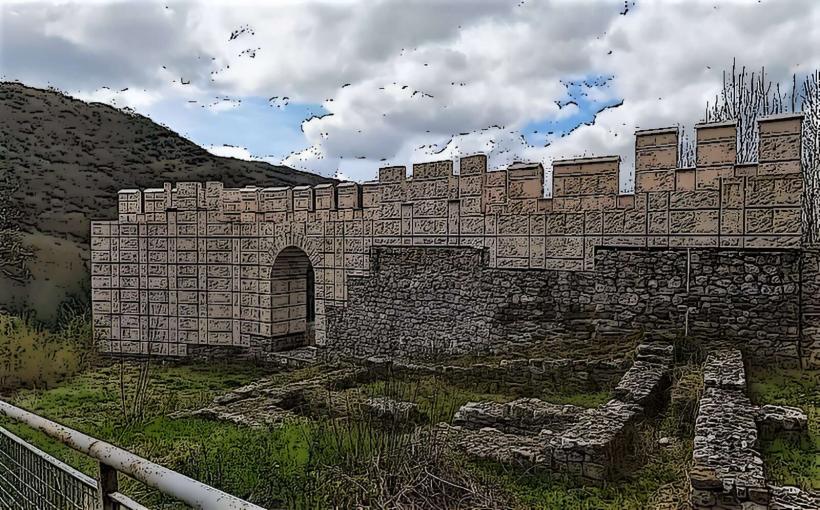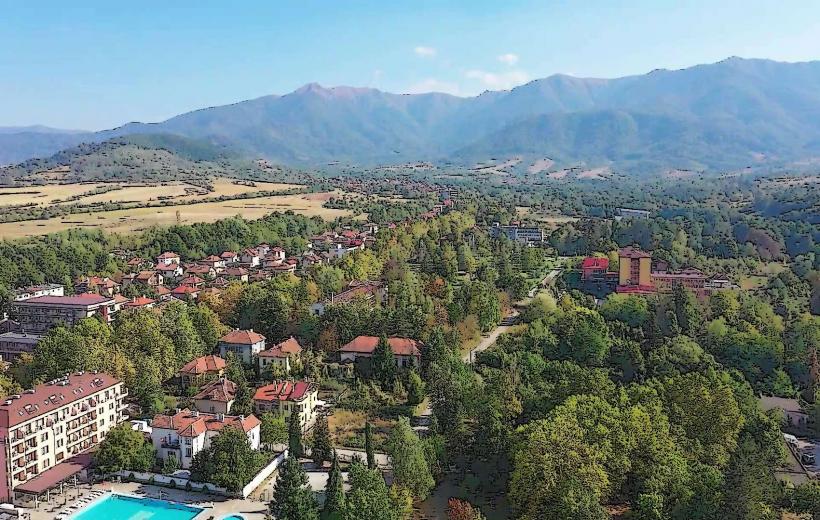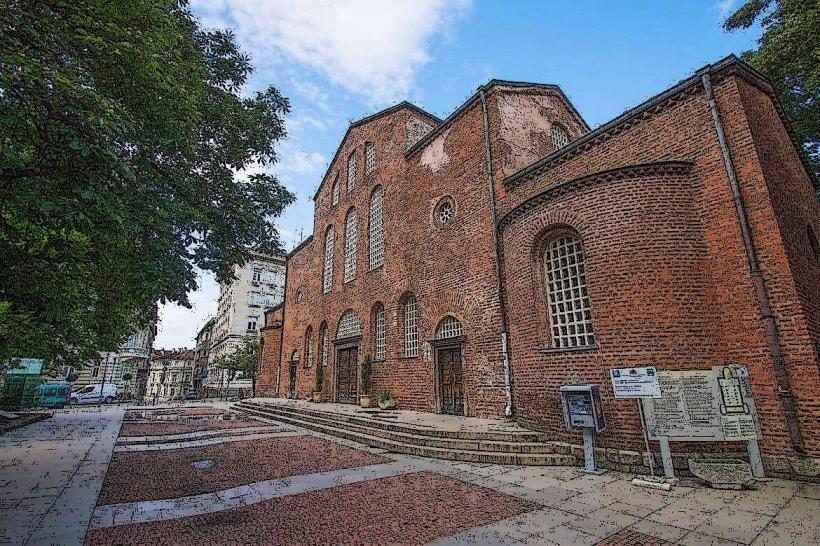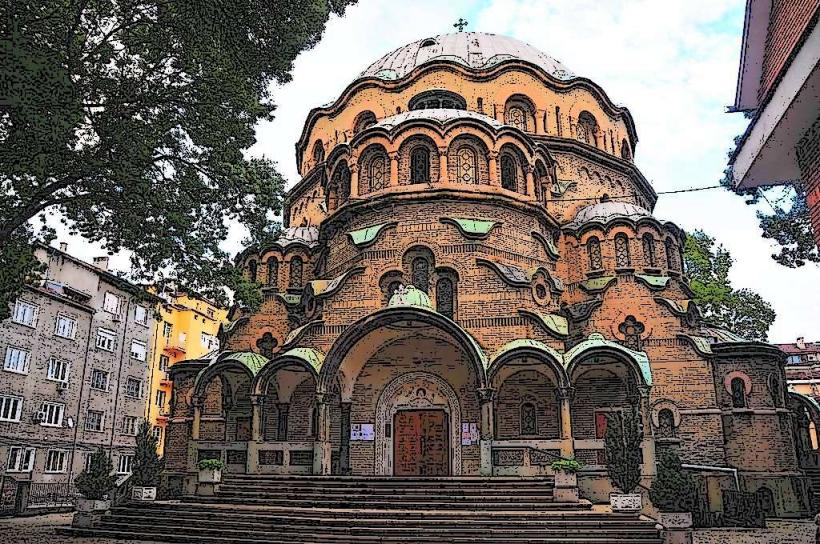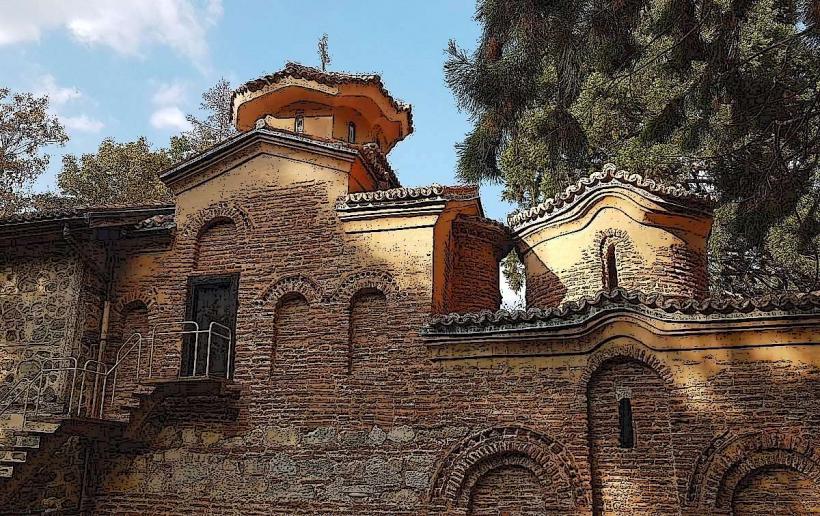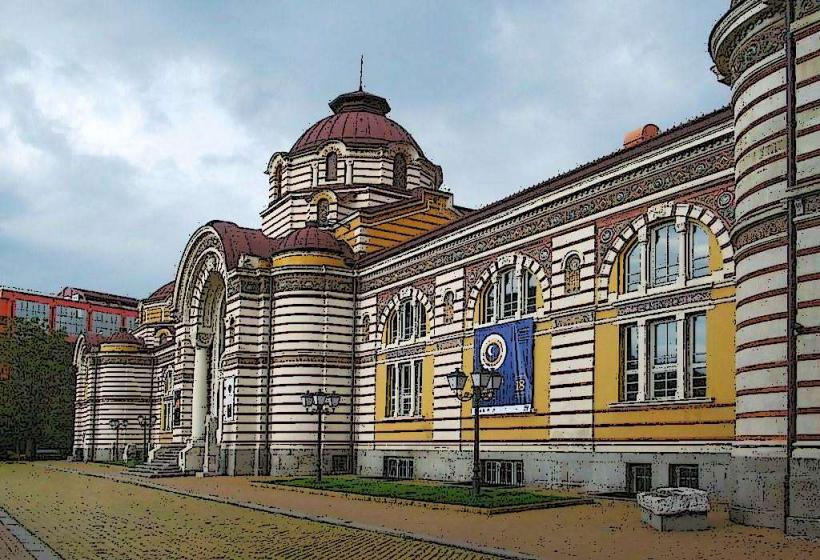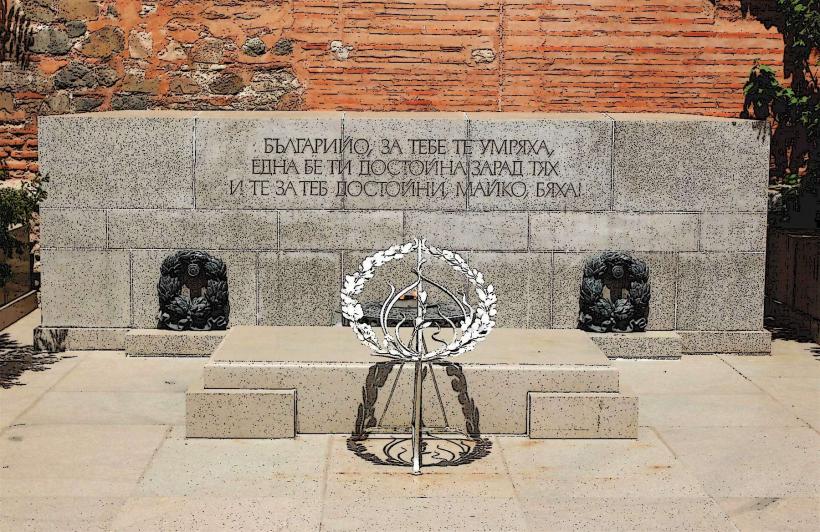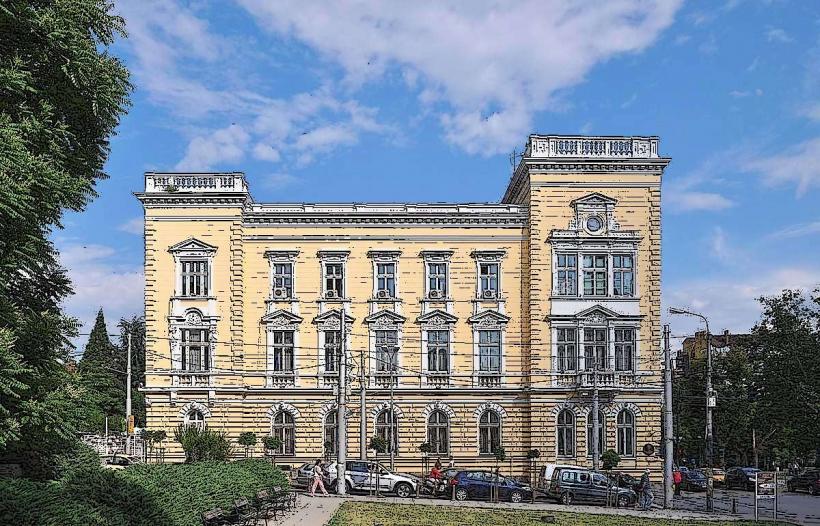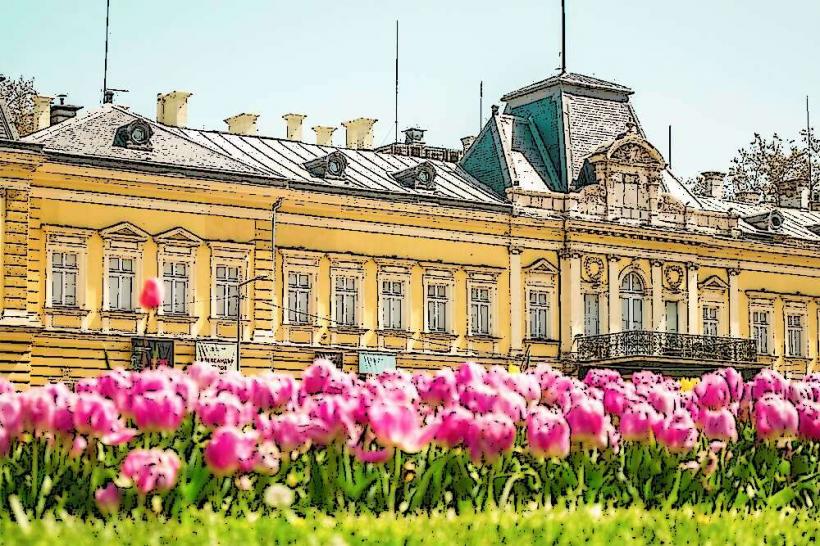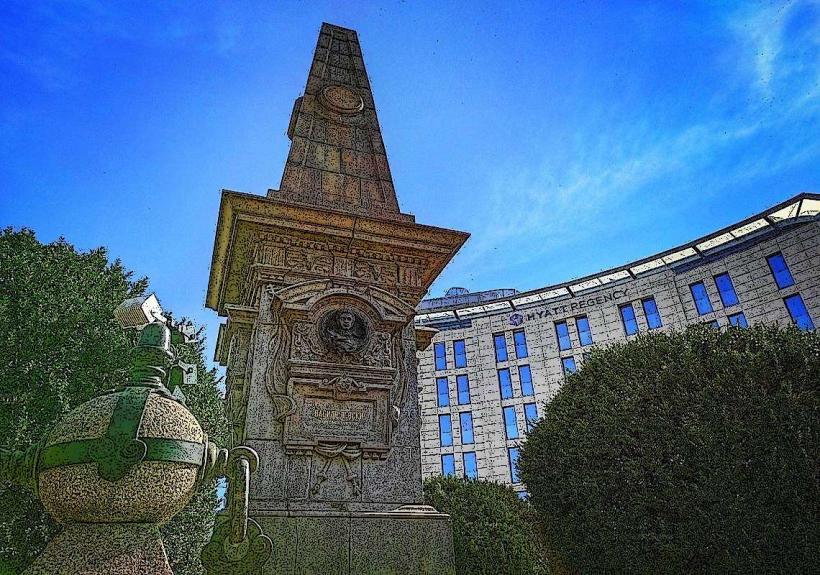Information
Landmark: Sveta Sofia ChurchCity: Sofia
Country: Bulgaria
Continent: Europe
Saint Sofia Church (Sveta Sofia Church) is one of the oldest and most important churches in Sofia, Bulgaria, and it’s the city’s namesake. Built on the foundations of earlier churches dating back to Roman times, this ancient basilica has survived centuries and multiple reconstructions, making it a rich historical site with layers of cultural significance.
1. History and Origins
- The original structure dates back to the 4th century AD during the reign of Emperor Constantine the Great, and it was initially built over an older Roman necropolis and several earlier Christian temples.
- Saint Sofia Church underwent significant reconstruction in the 6th century under the Byzantine Emperor Justinian I. The current basilica, which dates back to this period, was dedicated to Hagia Sophia, representing Holy Wisdom.
2. Architecture
- The church is a fine example of early Byzantine architecture. Its layout is a classic basilica design, with three naves and a simple, elegant façade of red bricks.
- The interior is spacious and has vaulted ceilings but is notably plain compared to other churches, aligning with early Christian architectural simplicity.
- Beneath the main structure is a large underground necropolis with intricate mosaics, early Christian tombs, and archaeological findings from various centuries. This subterranean level is open for visitors, adding to the church’s historical allure.
3. Iconography and Interior
- Unlike other Bulgarian Orthodox churches, Saint Sofia Church is known for its minimalistic approach. There are few frescoes, as much of its ornamentation was lost over the centuries. However, the lack of extensive decoration highlights the raw architectural beauty and sense of solemnity.
- Visitors can view early Christian symbols, some faded mosaics, and remnants of ancient graves adorned with religious motifs.
4. Religious and Cultural Significance
- During the Ottoman period, the church was converted into a mosque, and minarets were added. Following an earthquake in the 19th century that destroyed one of the minarets, the structure was abandoned, eventually restored as a Christian church.
- Saint Sofia Church has been a symbol of resilience and faith for the Bulgarian people. Its survival through invasions, earthquakes, and reconstructions has given it a powerful place in Bulgarian history.
5. Present-Day Role
- Today, Saint Sofia Church operates as both a place of worship and a cultural heritage site. It attracts tourists, historians, and worshippers alike who come to experience its historical ambiance.
- Nearby, a statue of Saint Sofia, symbolizing wisdom, vigilance, and knowledge, stands as a tribute to the church’s legacy and the city itself.
6. Visiting Information
- Location: Central Sofia, close to other landmarks like Alexander Nevsky Cathedral.
- Admission: The main basilica is free to enter, though there may be an entry fee for the underground necropolis.
- Highlights: The subterranean tombs, ancient mosaics, and its proximity to other key historical sites in Sofia.
Saint Sofia Church remains an architectural and spiritual landmark that captures the layers of Bulgarian history and the endurance of its cultural identity.

